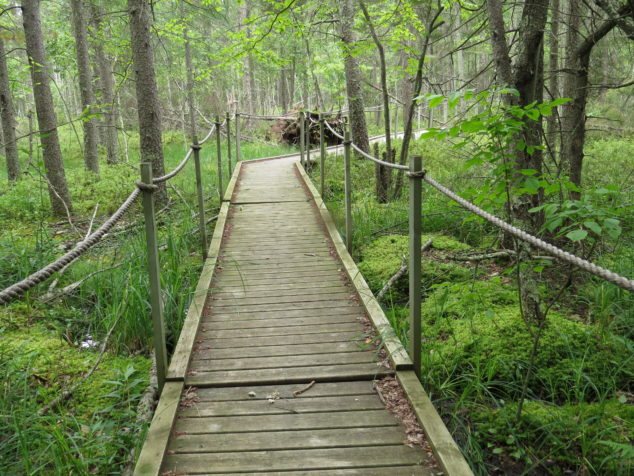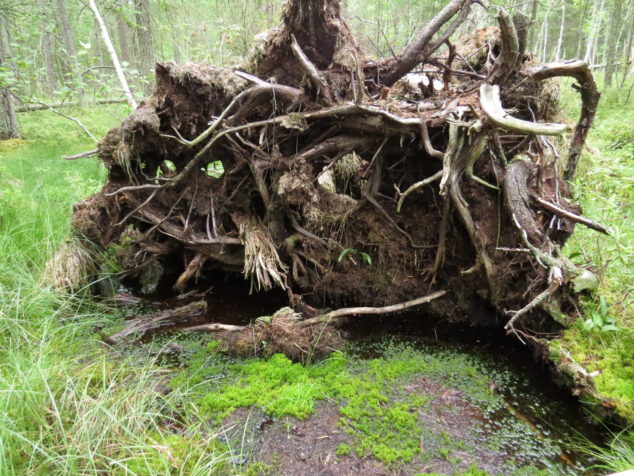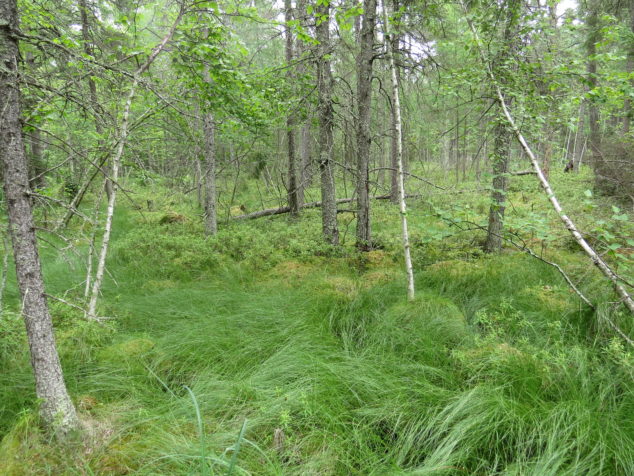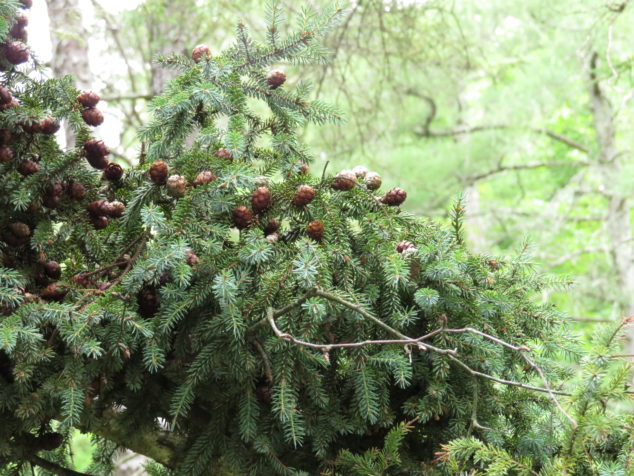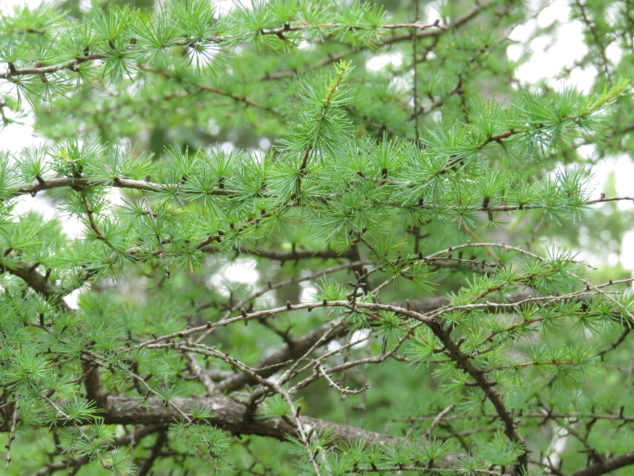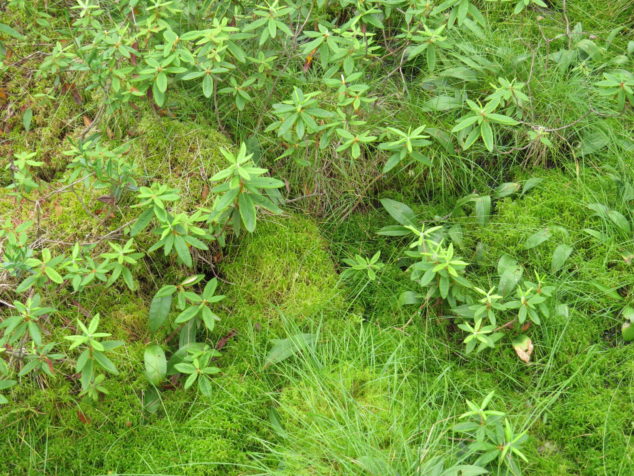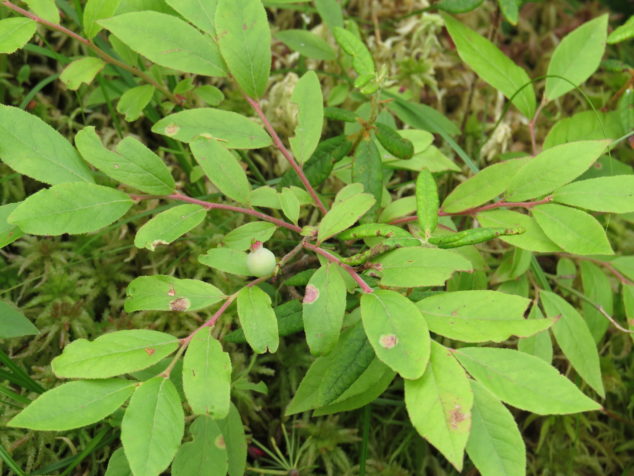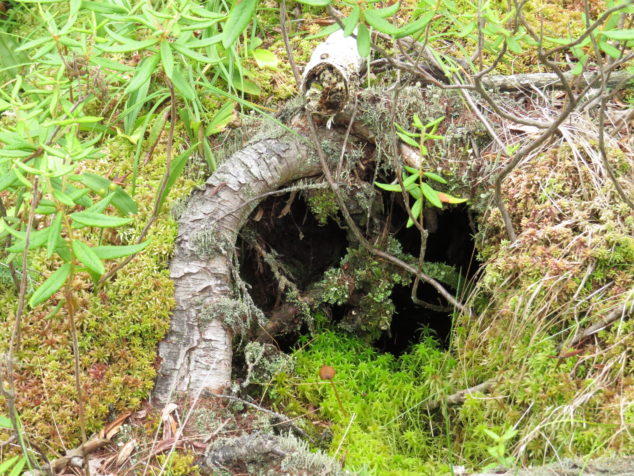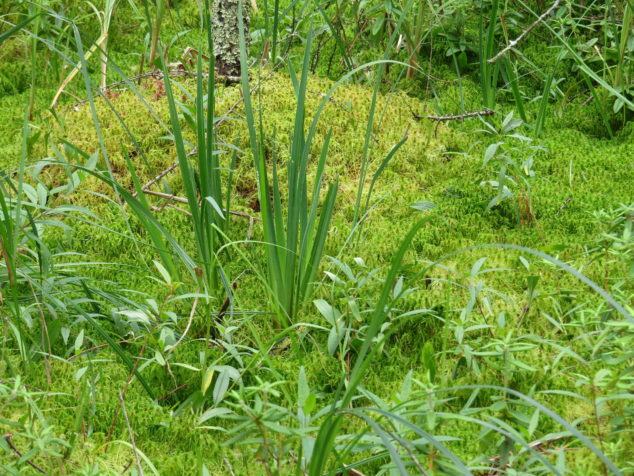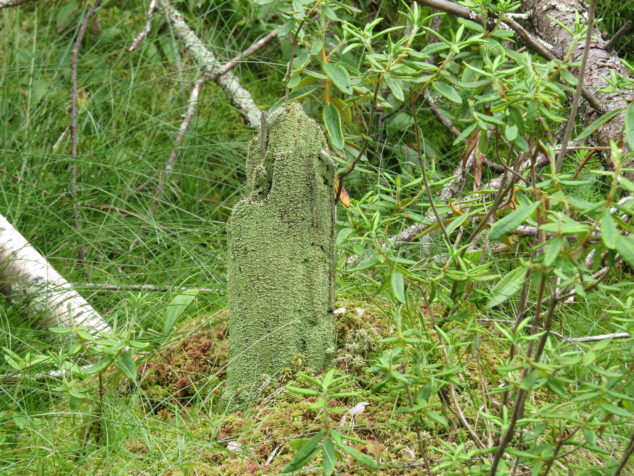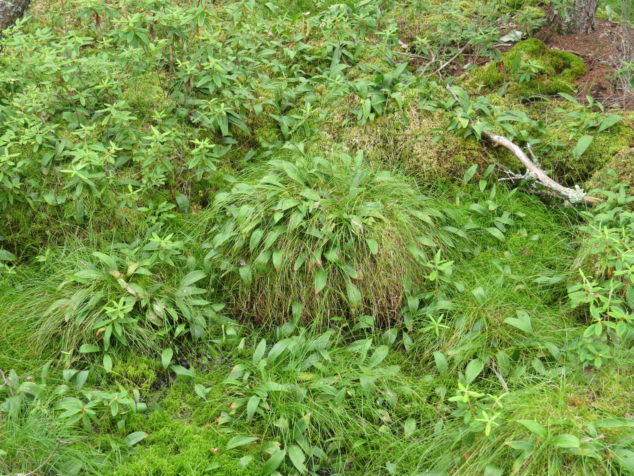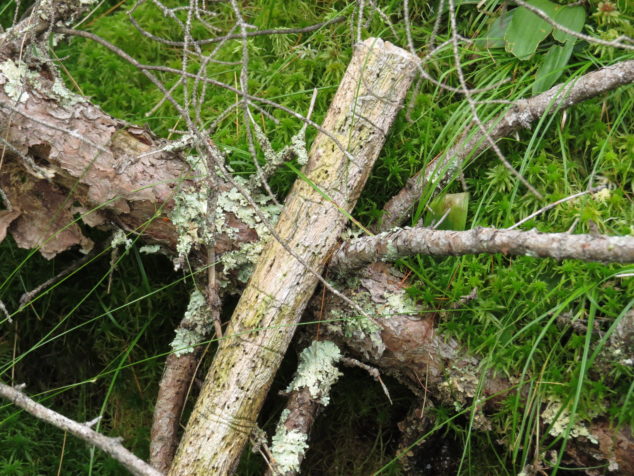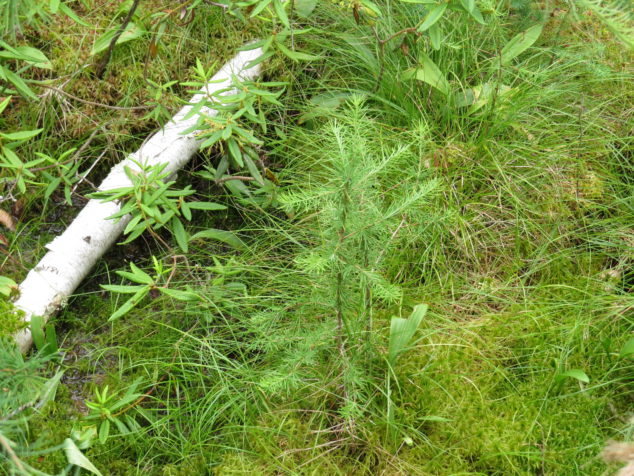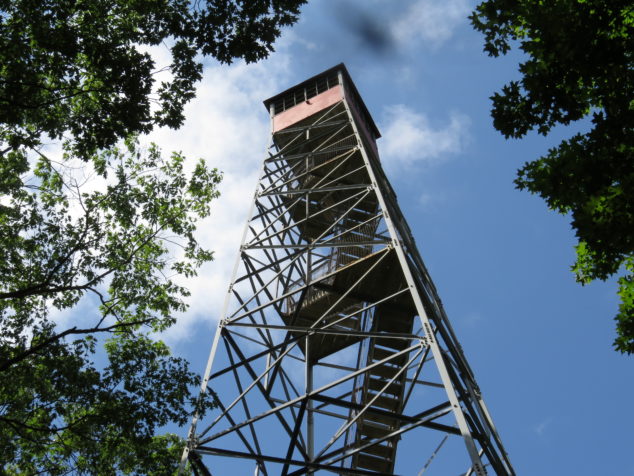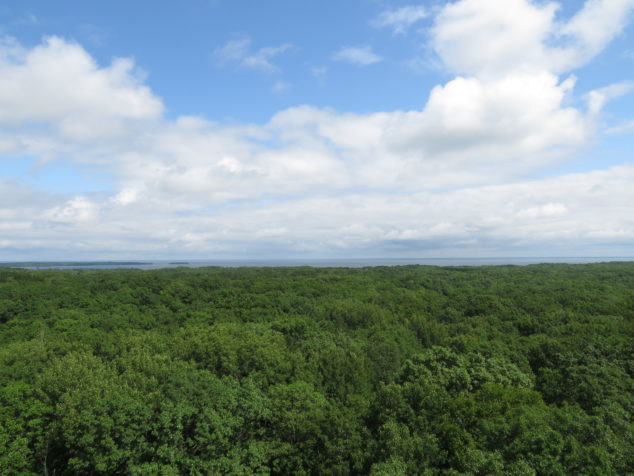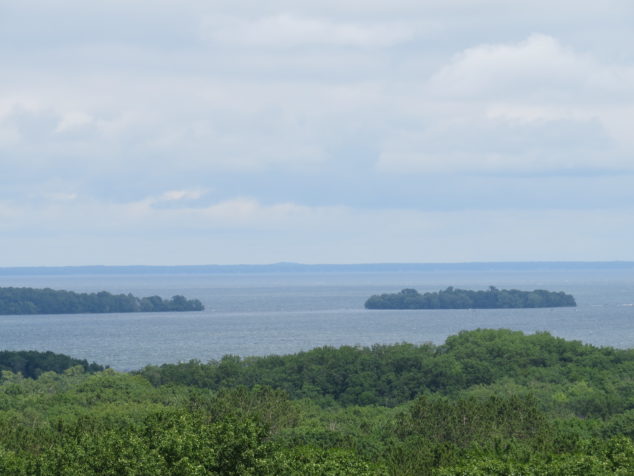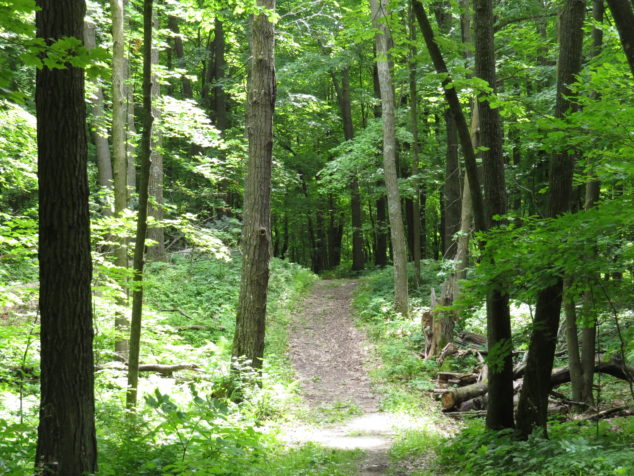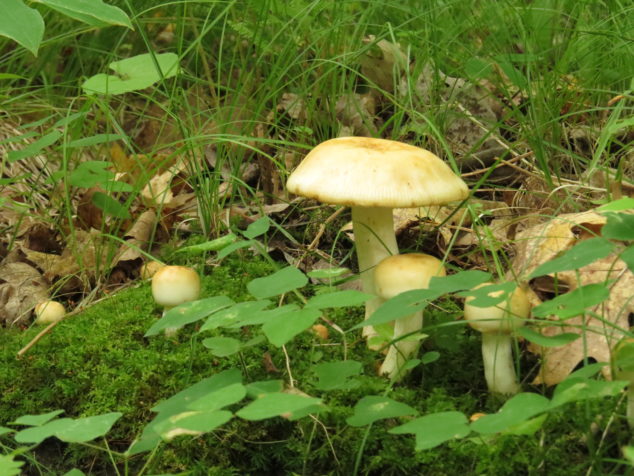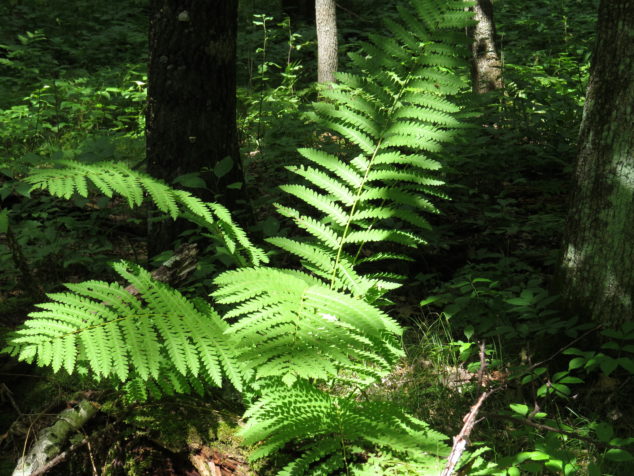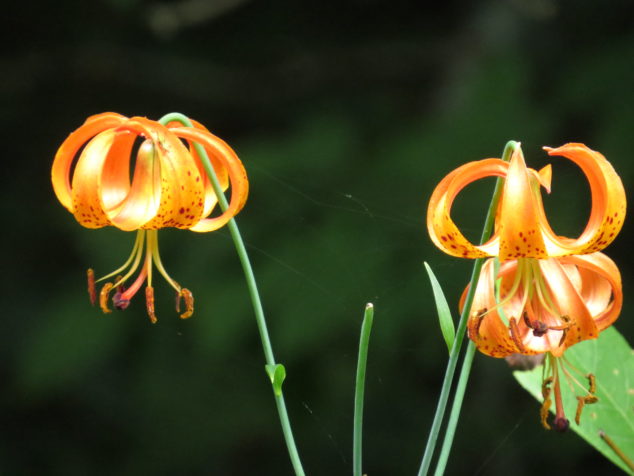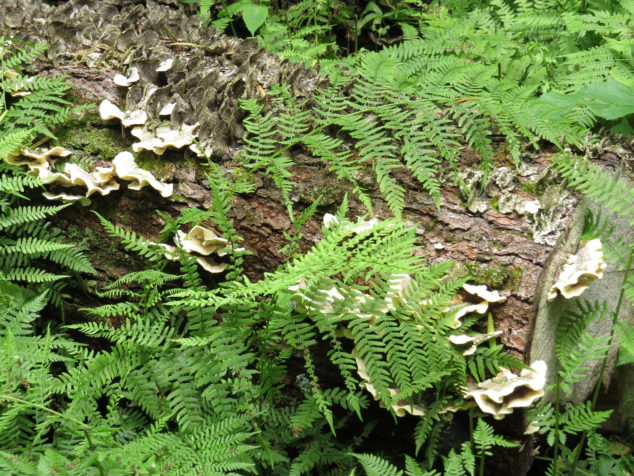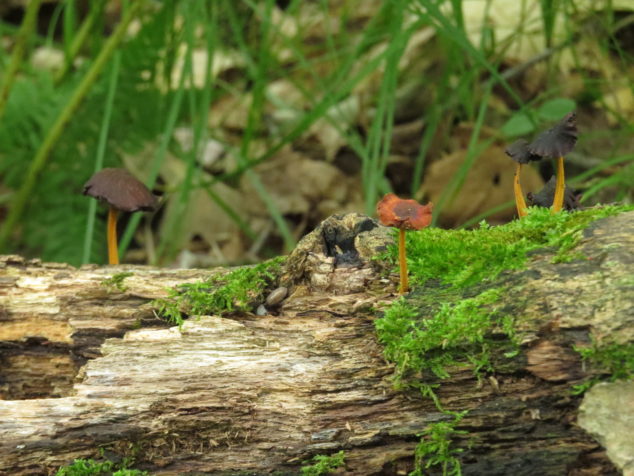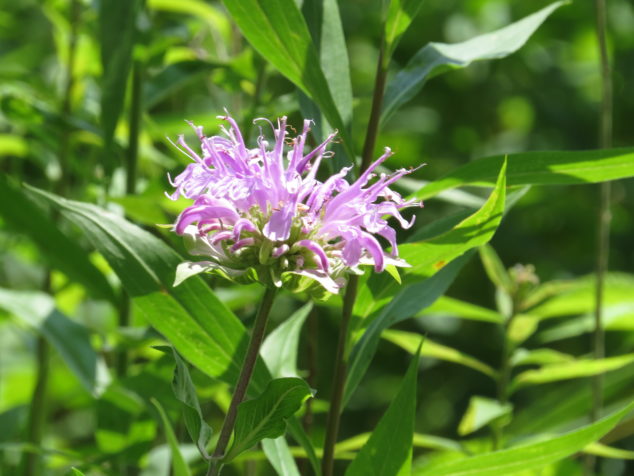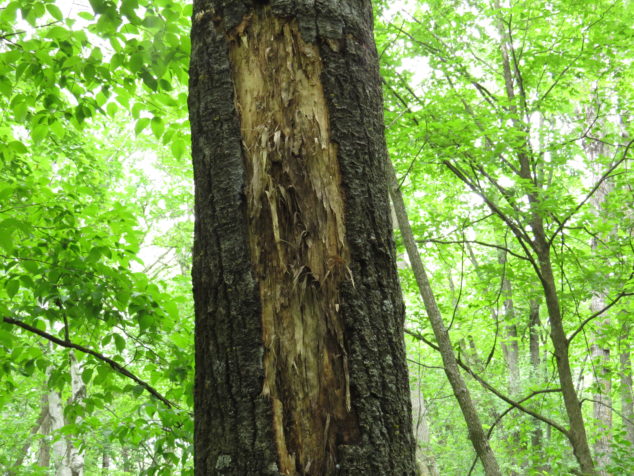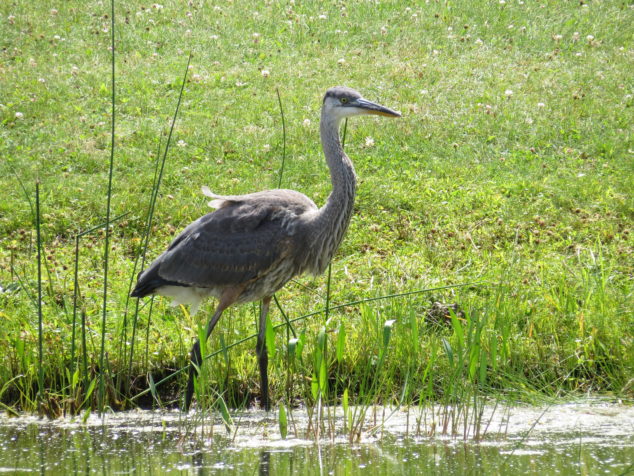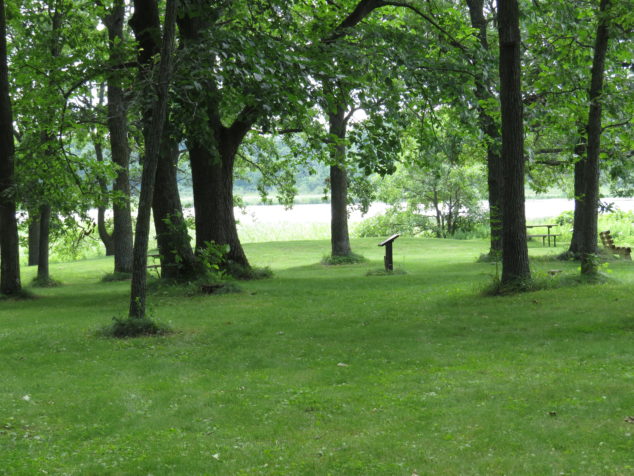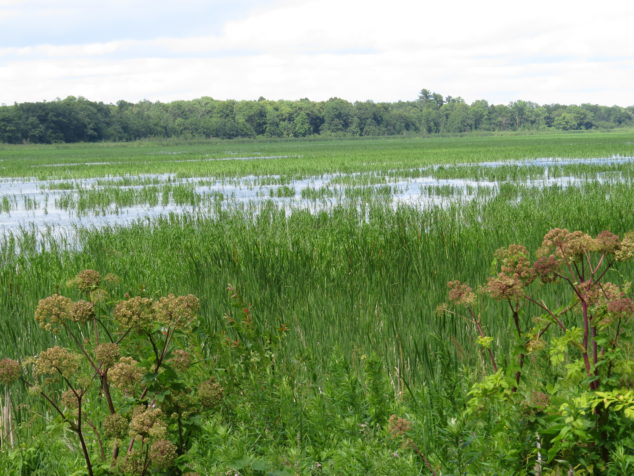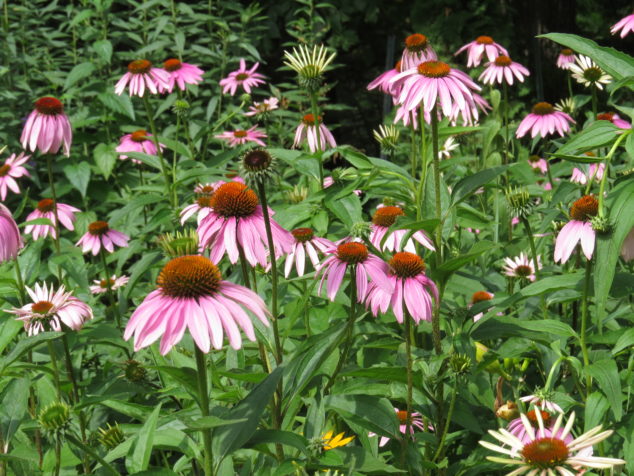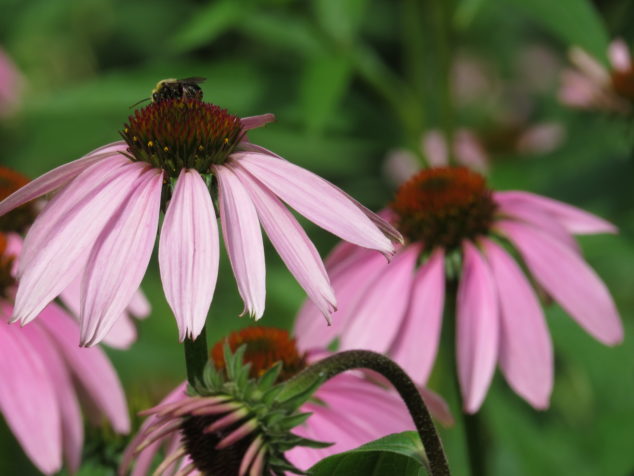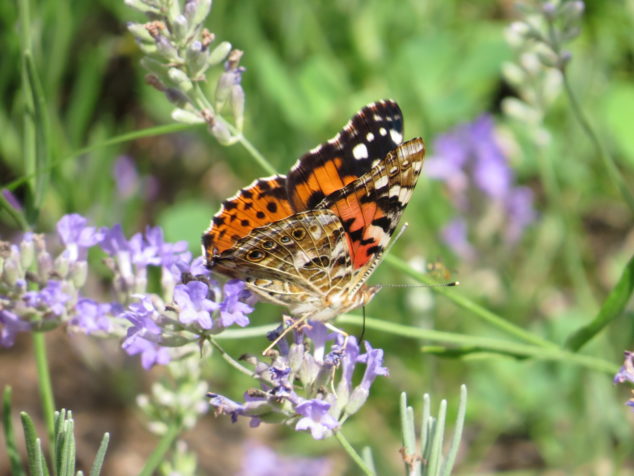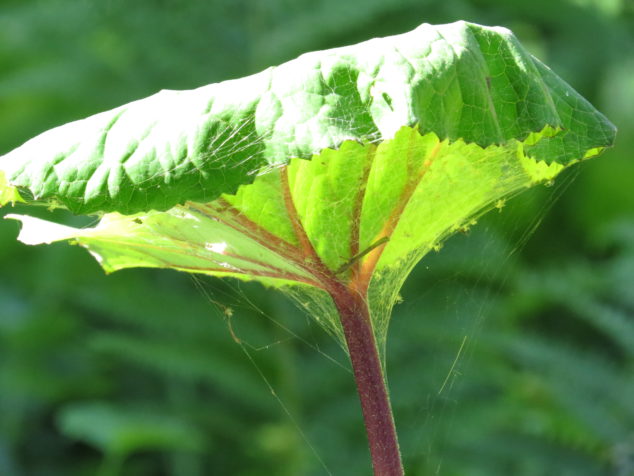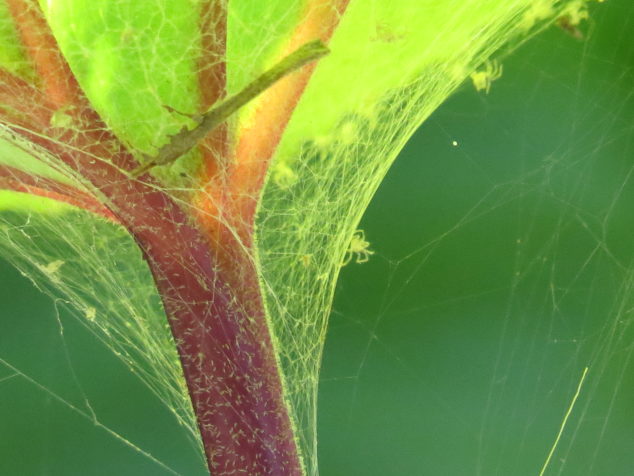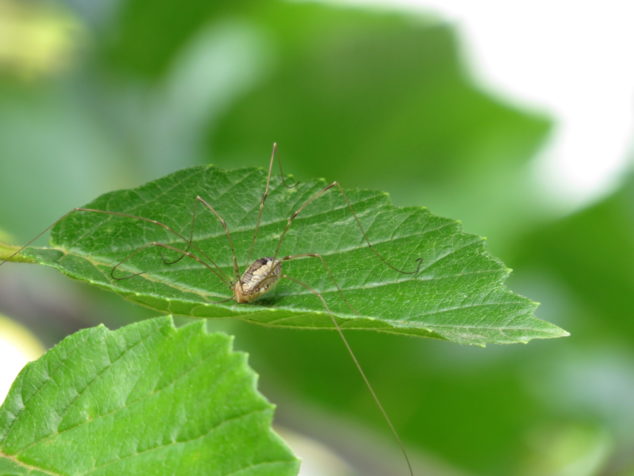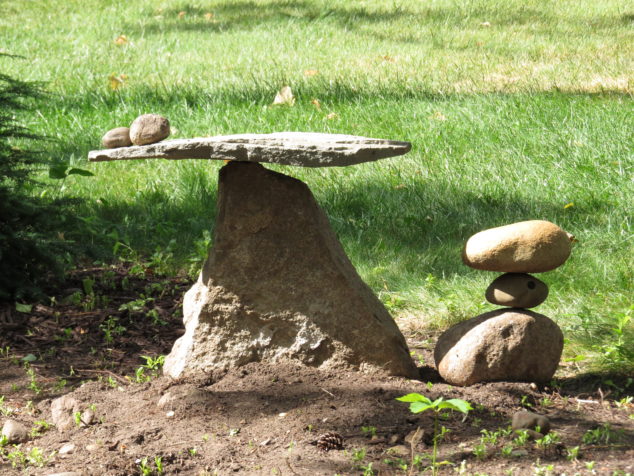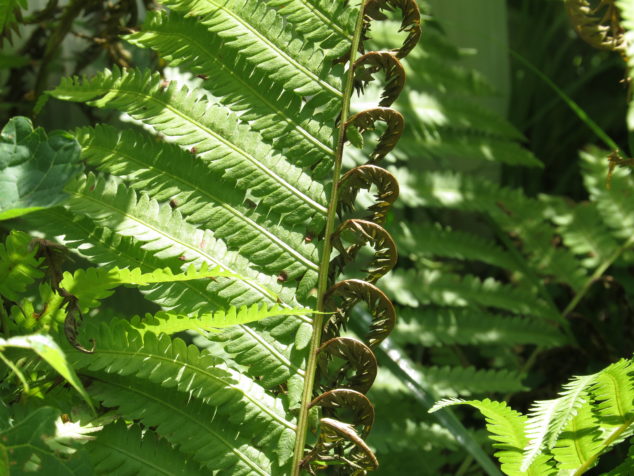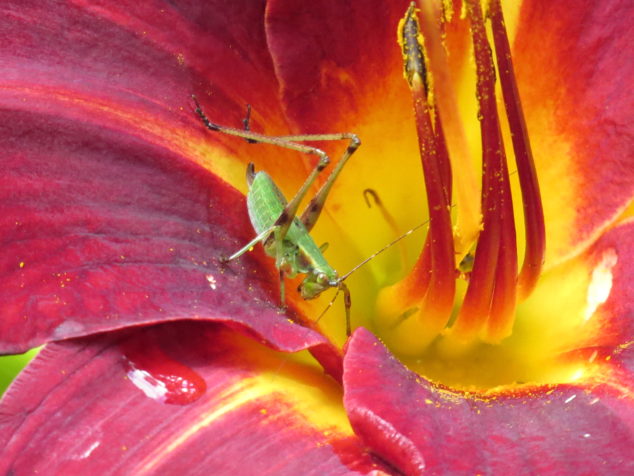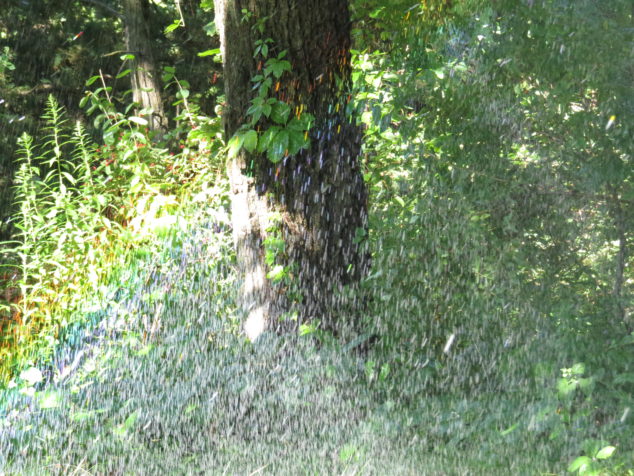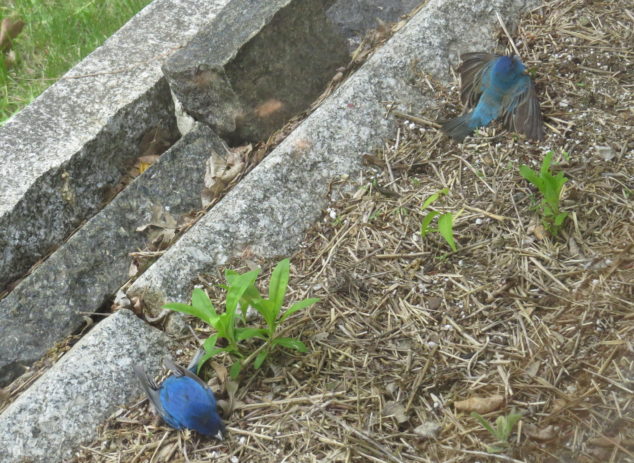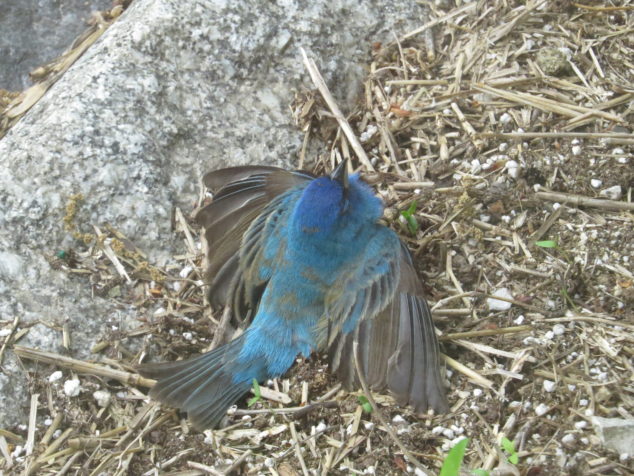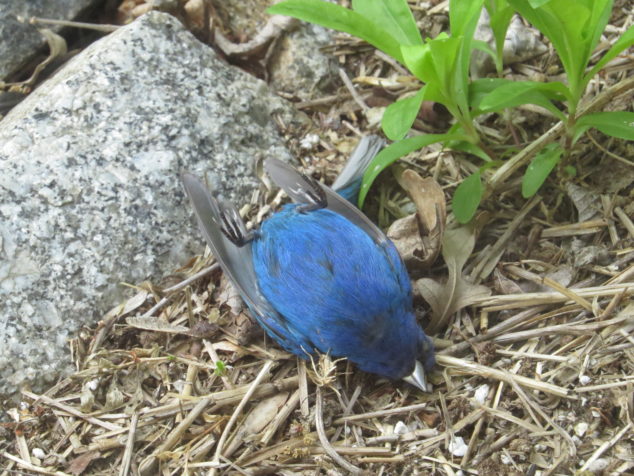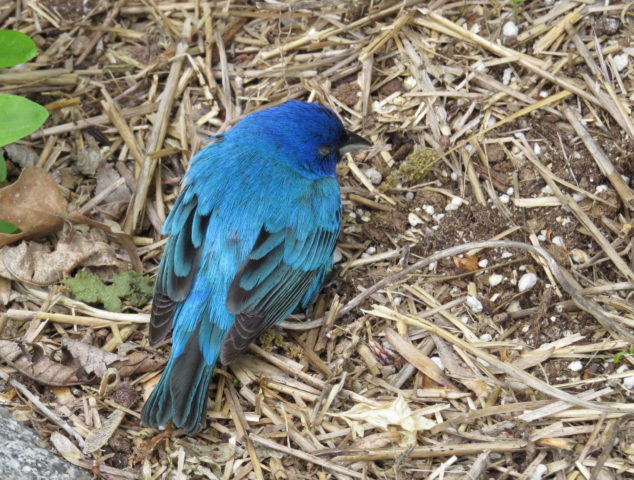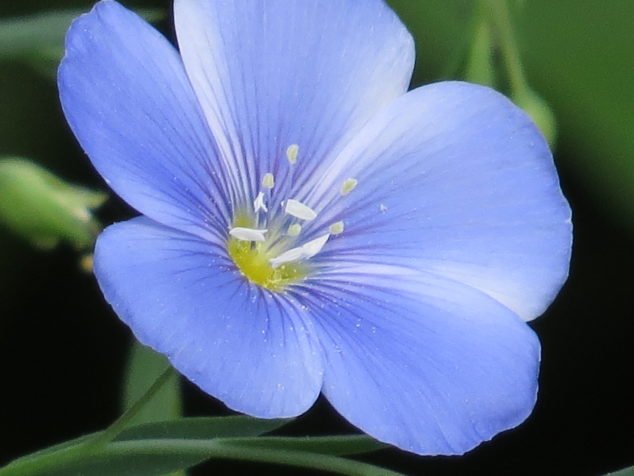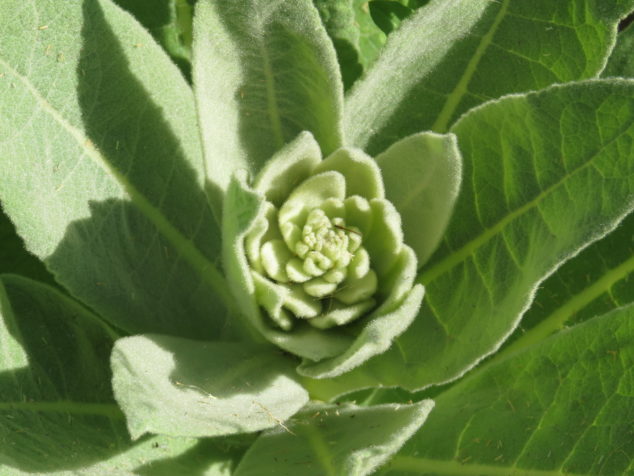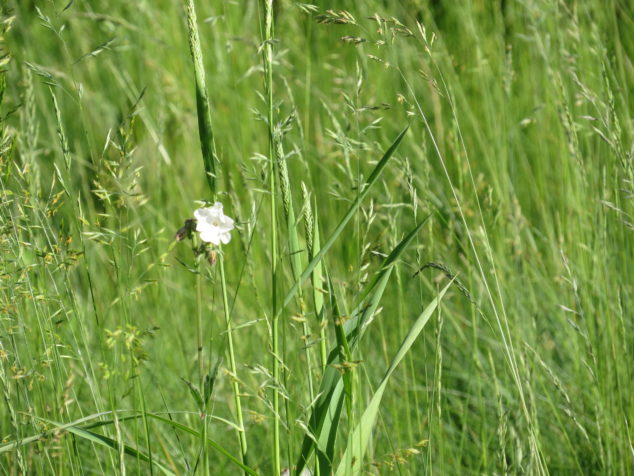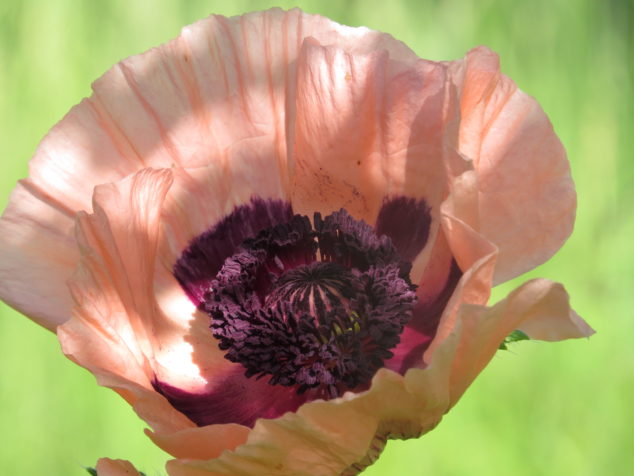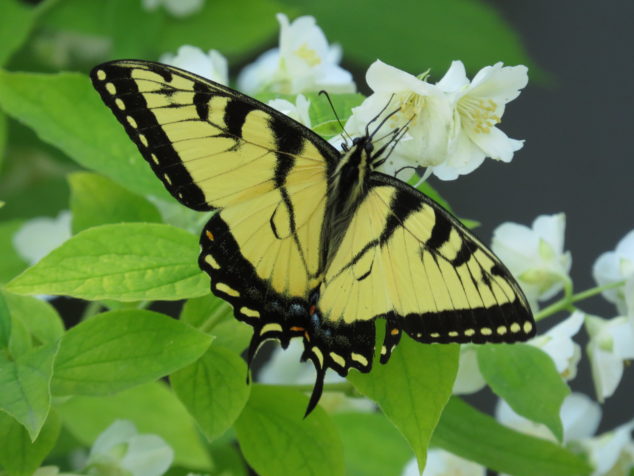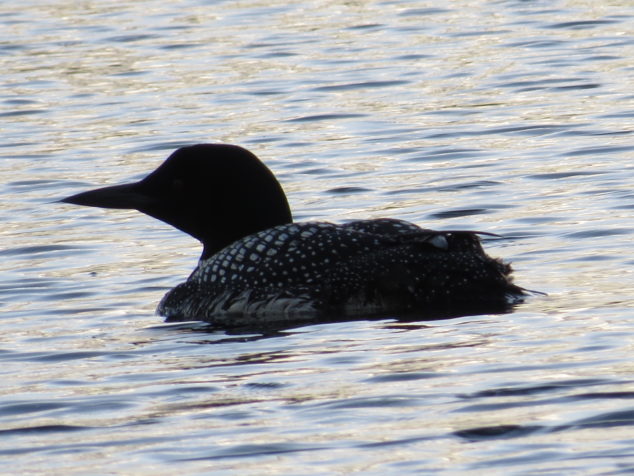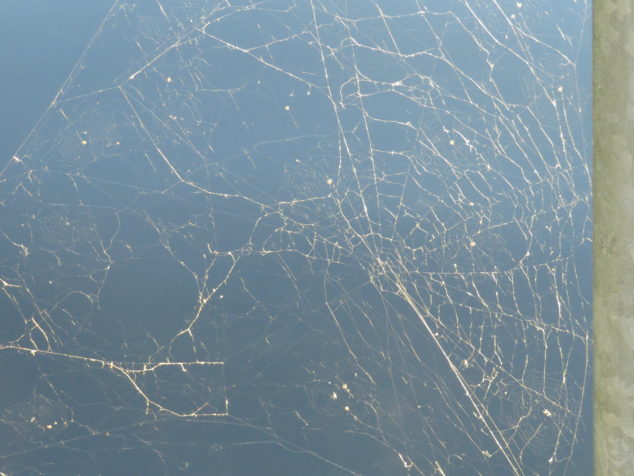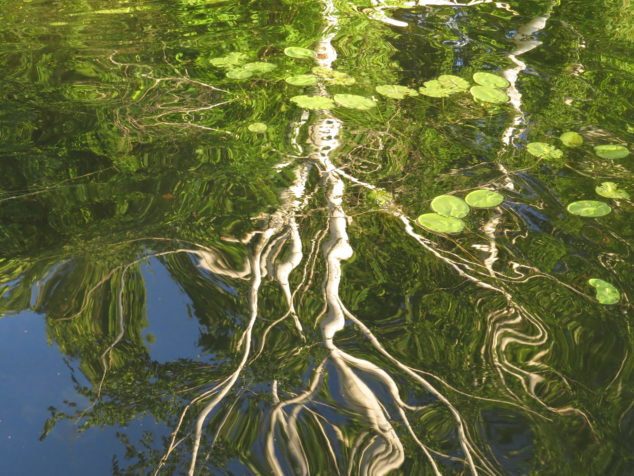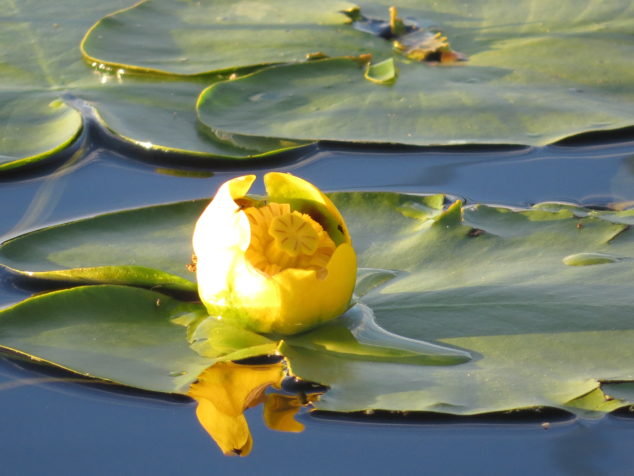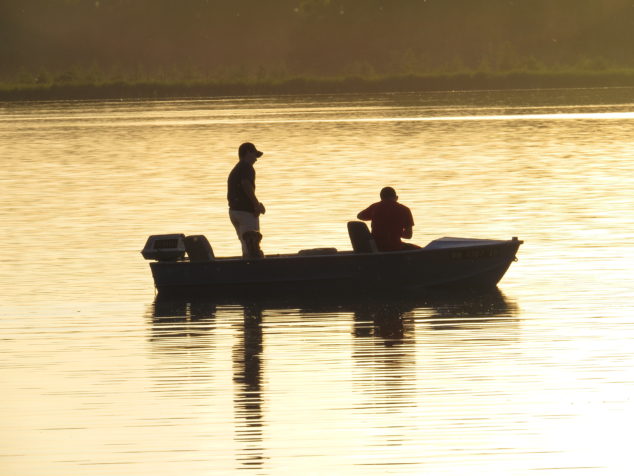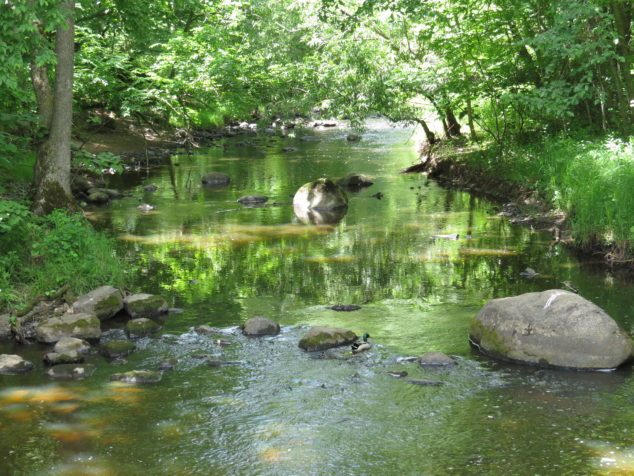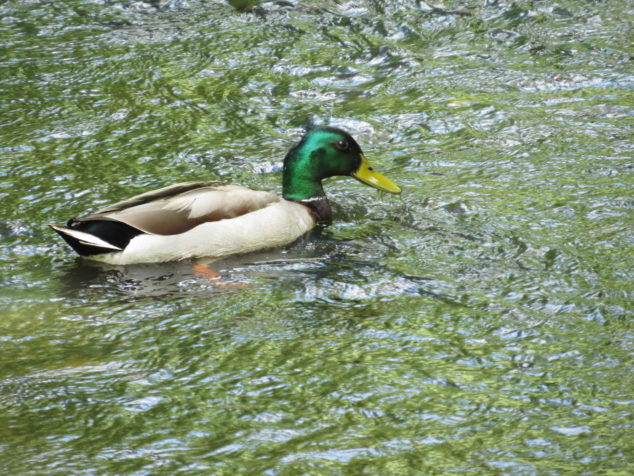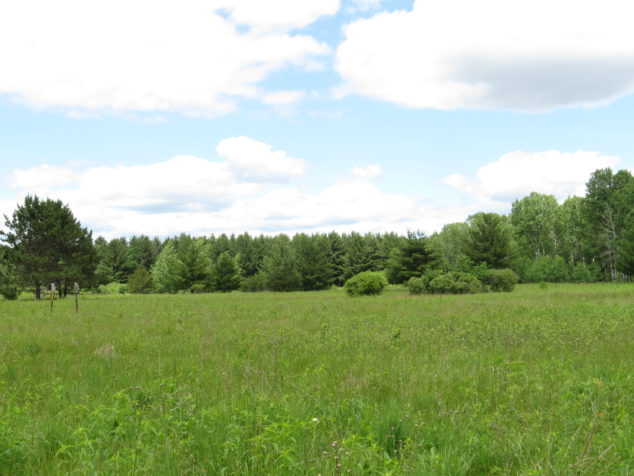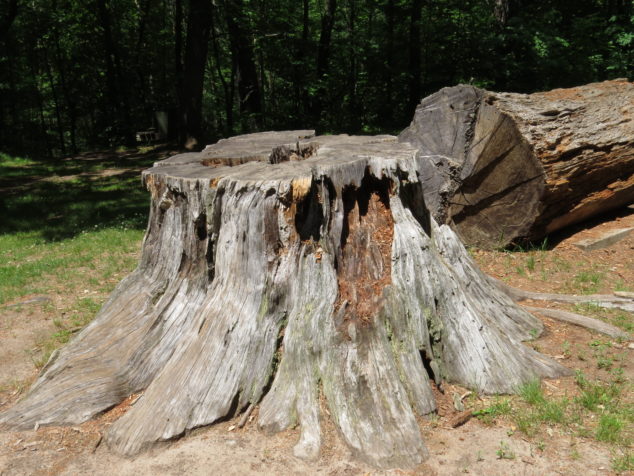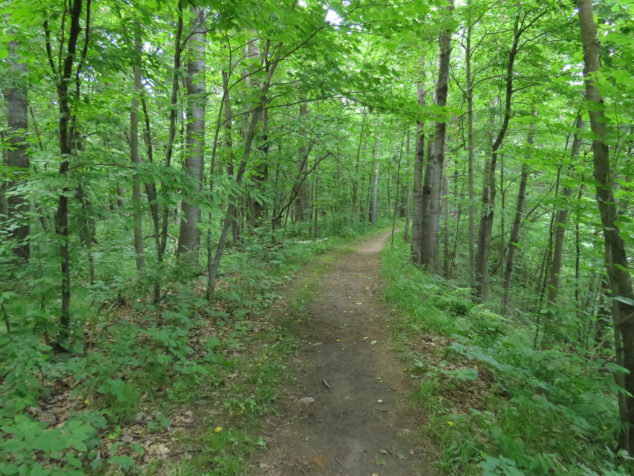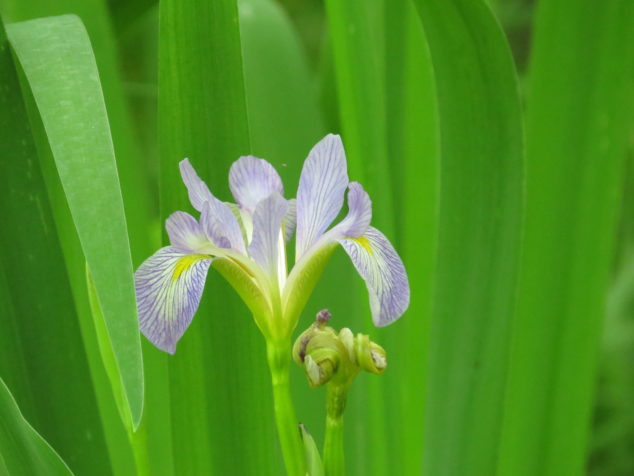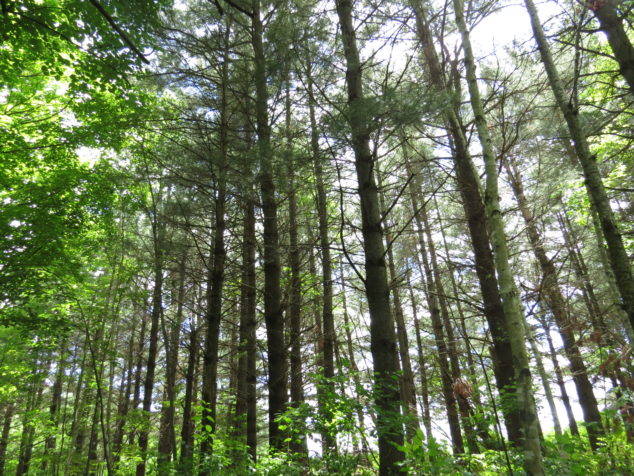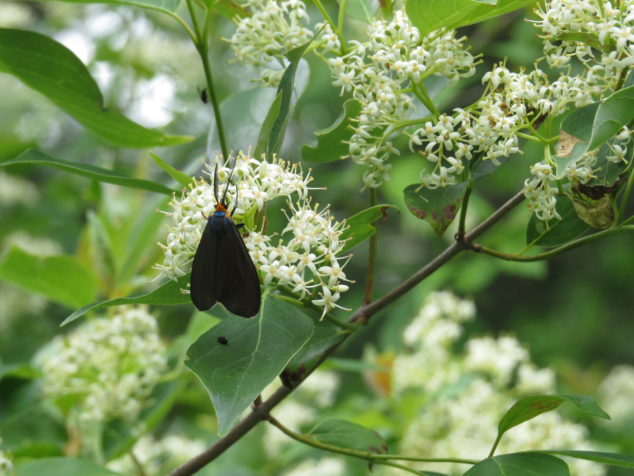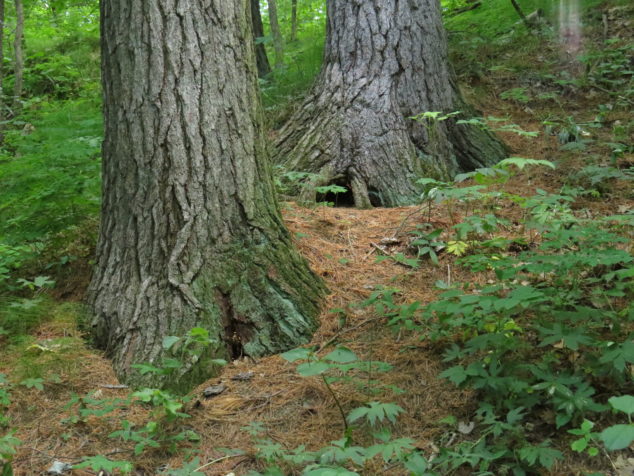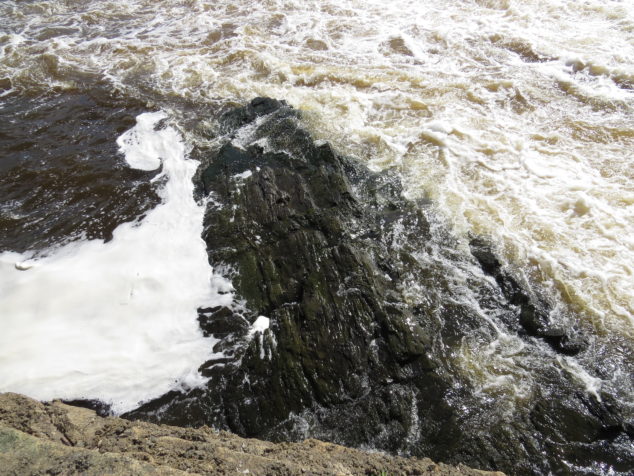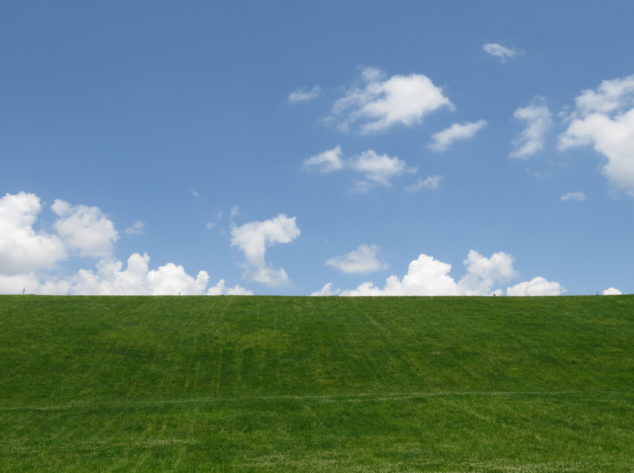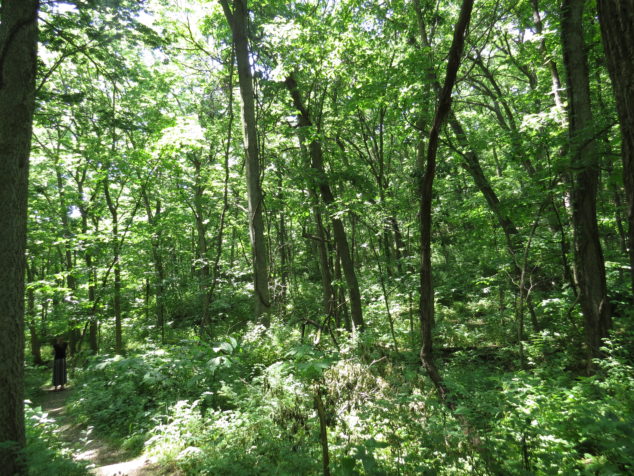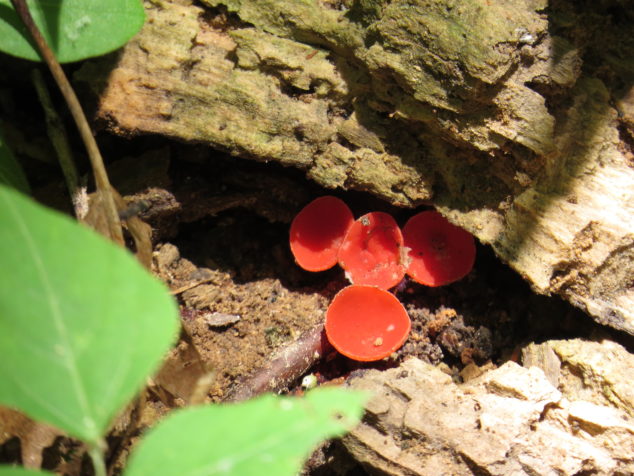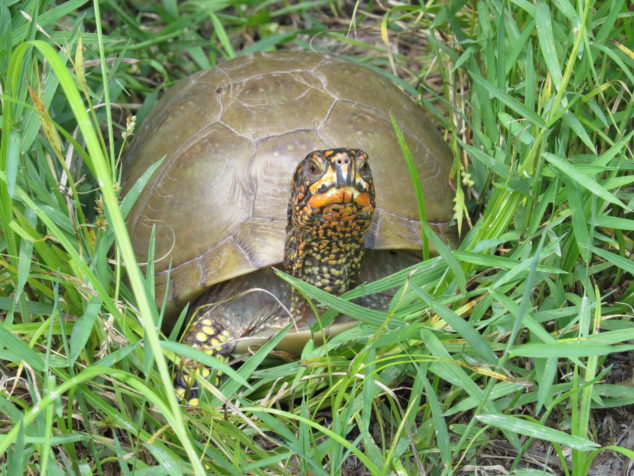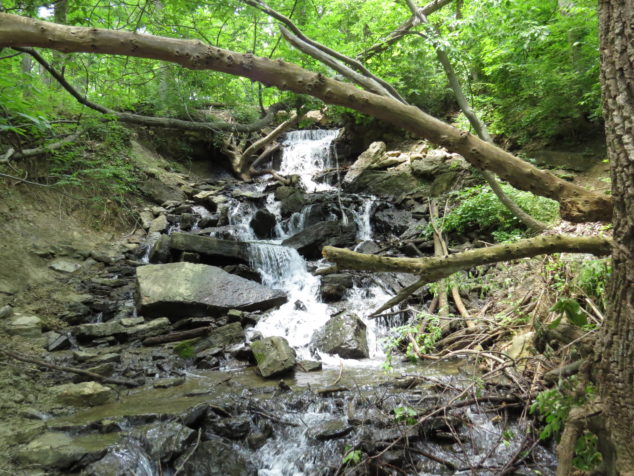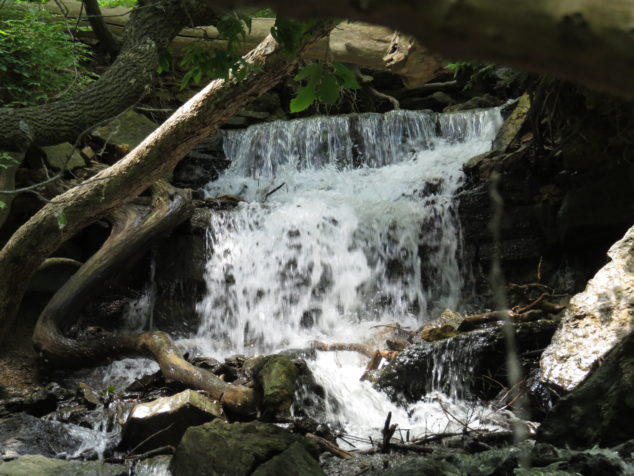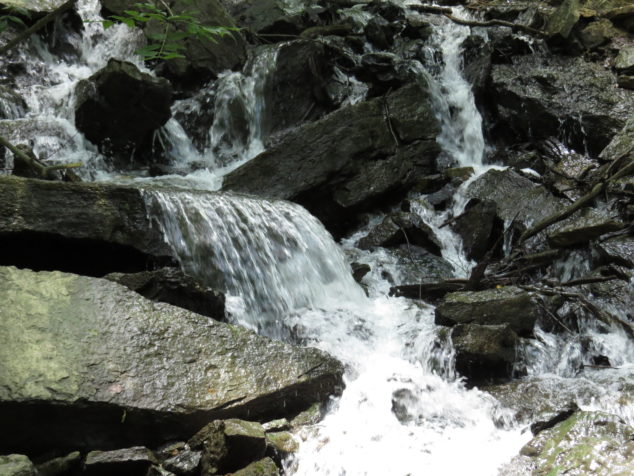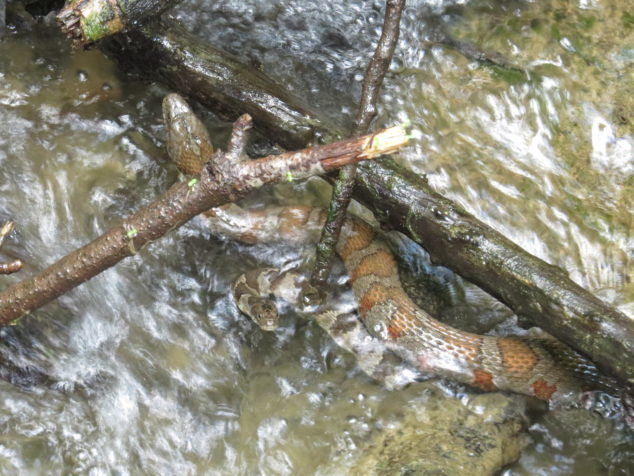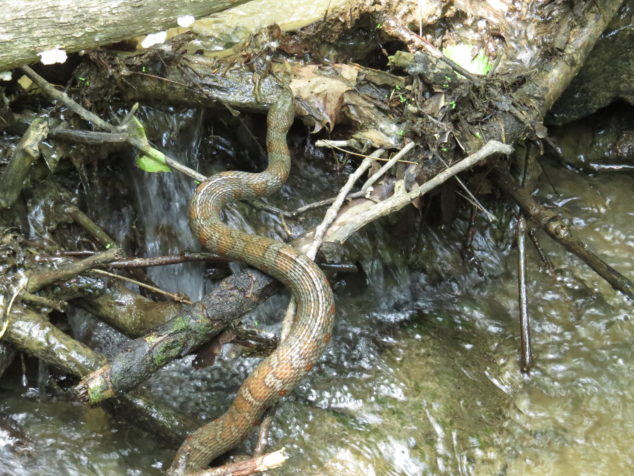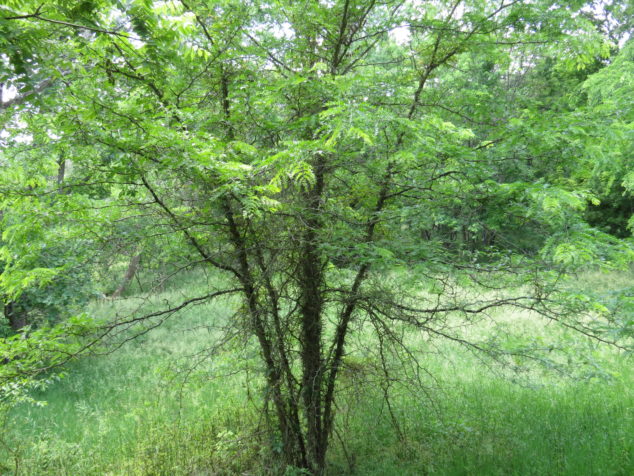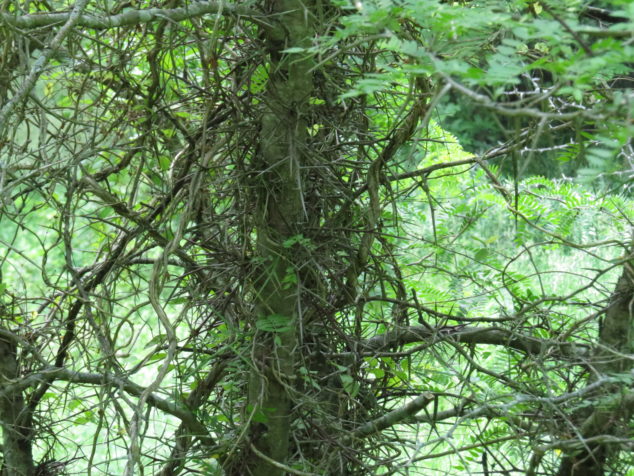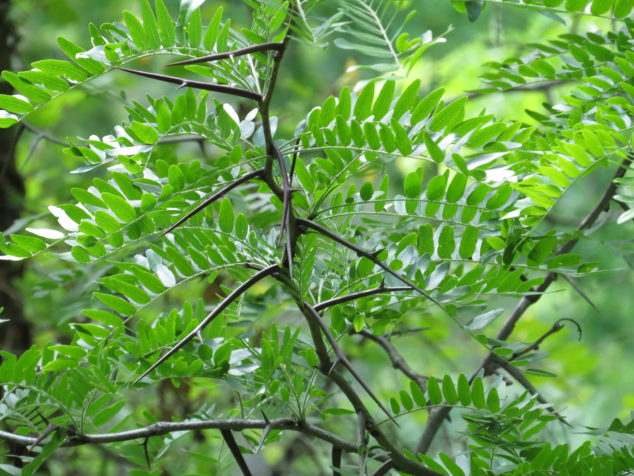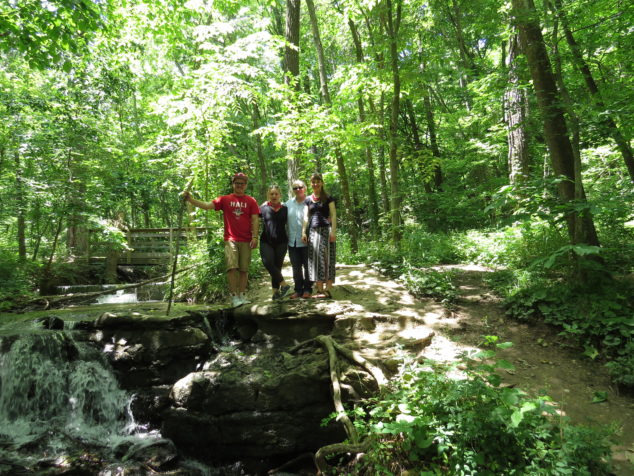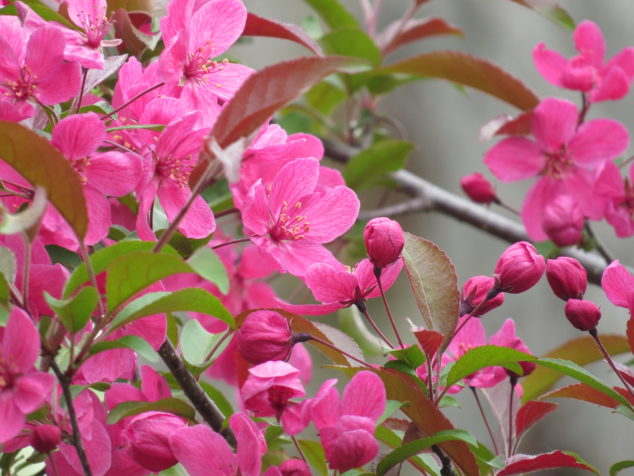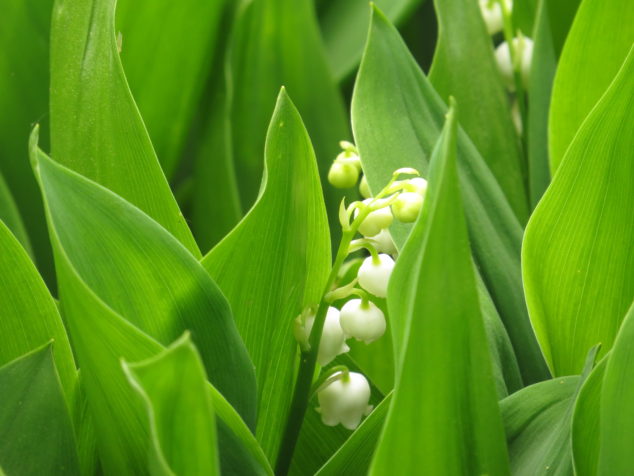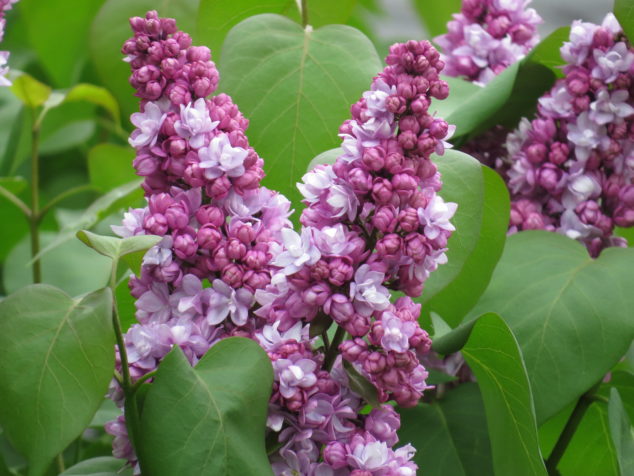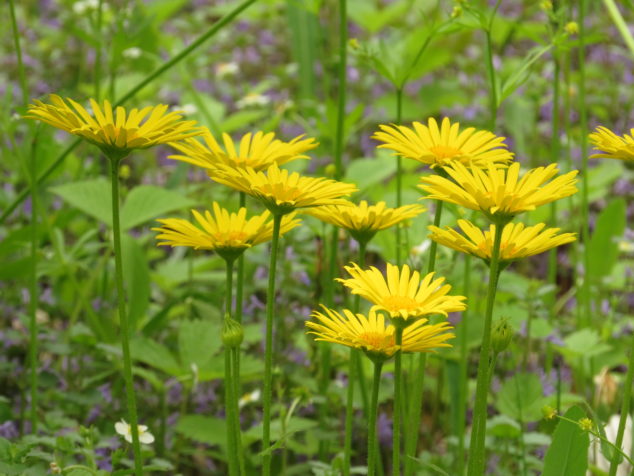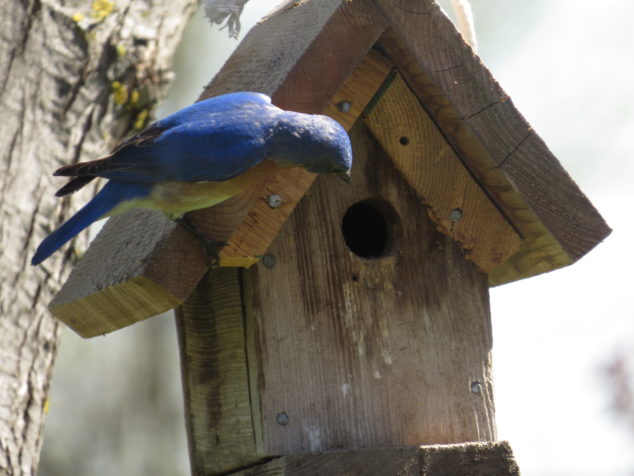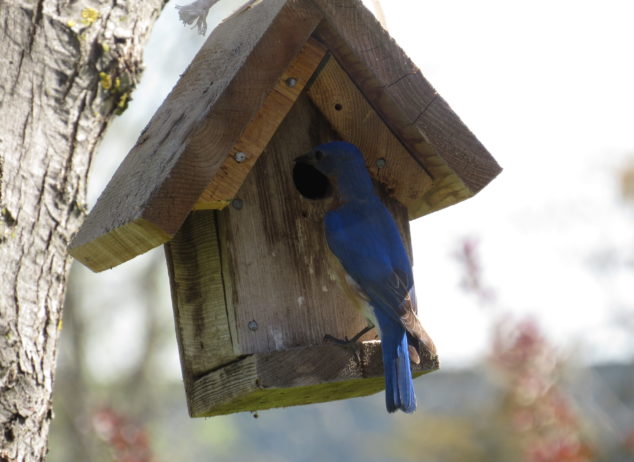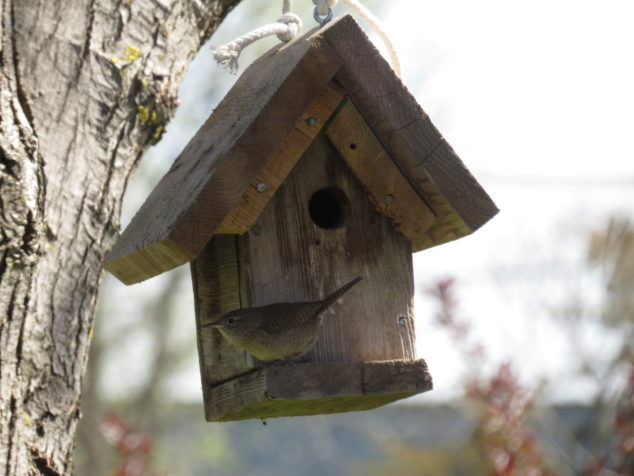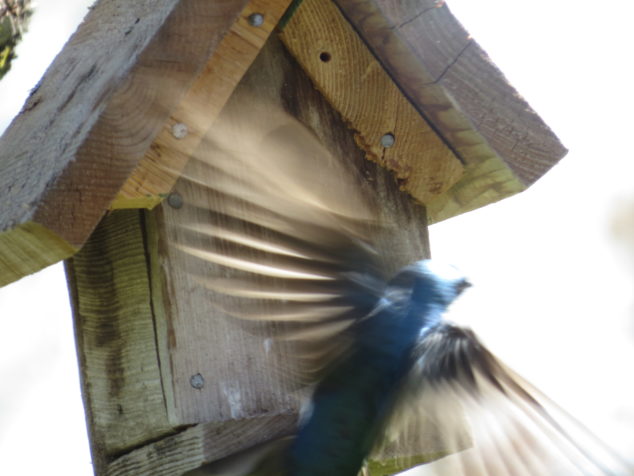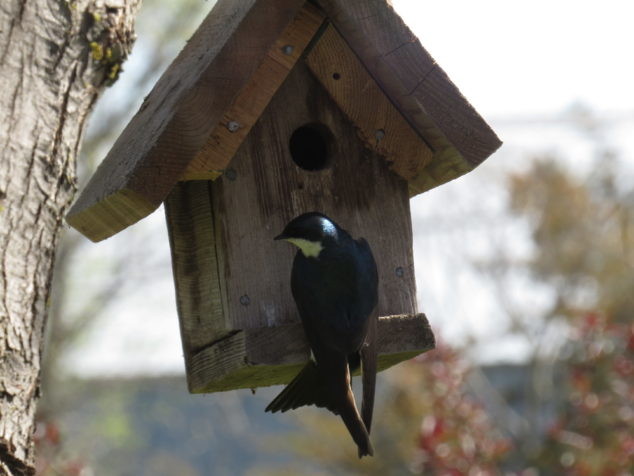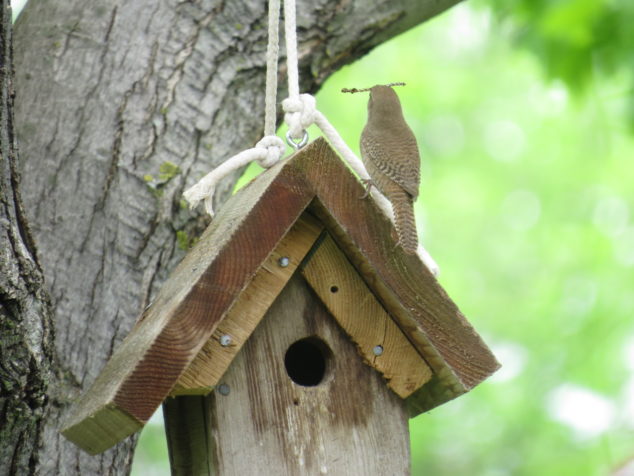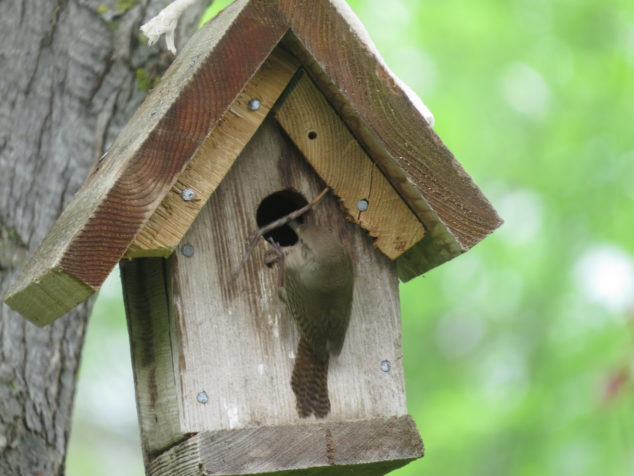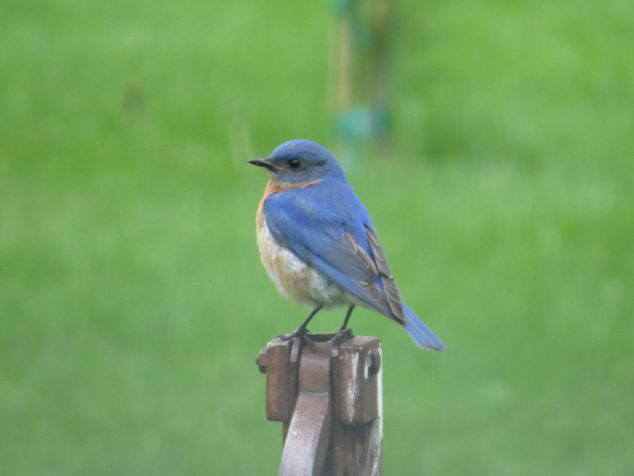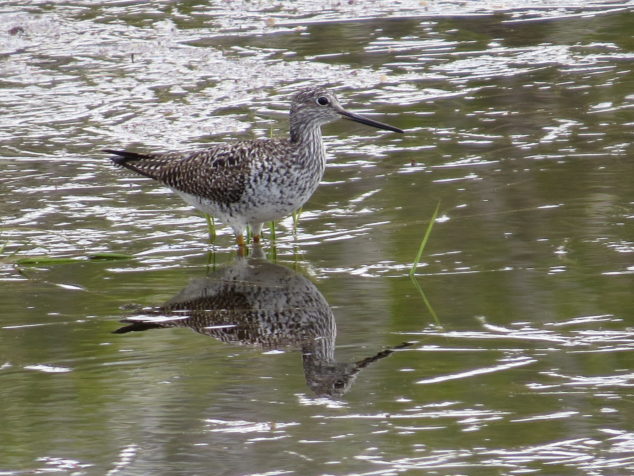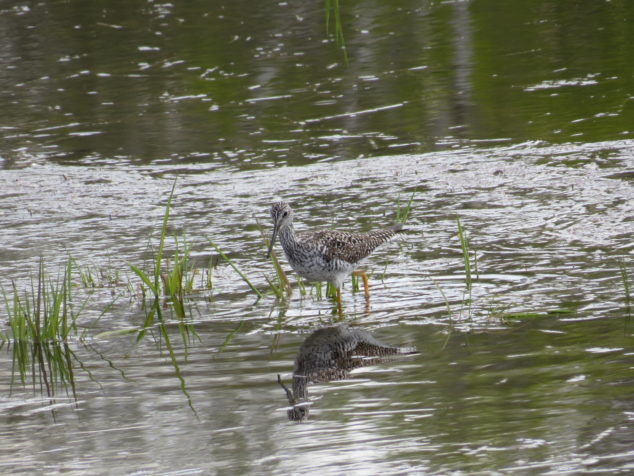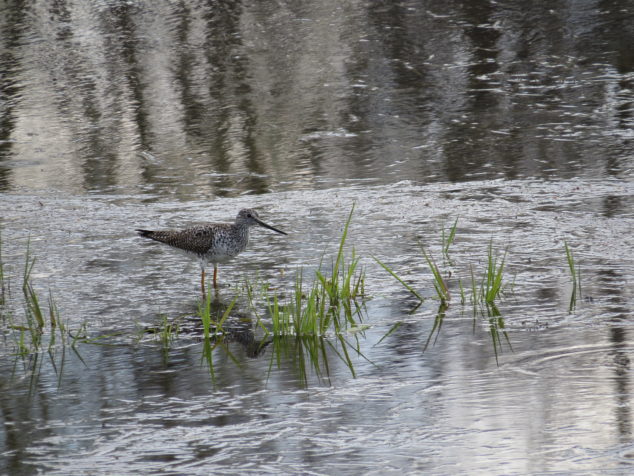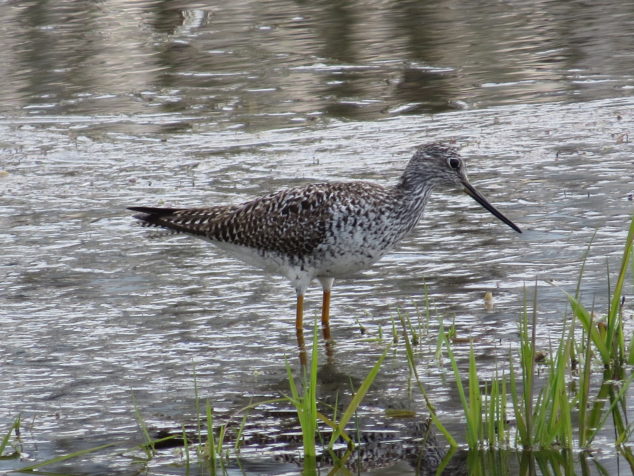Has your mind, body, or spirit ever been stuck in a bog? Twenty years after graduating from college I returned to that same college with a husband, three kids, and a desire to learn. I took a molecular biology class in one of my first semesters of graduate school that amazed and inspired me with the information that had been discovered about DNA in the twenty years since I had taken science courses. One of the most mind-bog-gling things I needed to learn was PCR or polymerase chain reaction, a laboratory technique that multiplies thousands to millions of copies of a segment of DNA or RNA. This technique was so foreign to me that I just couldn’t wrap my head around the concept! My mind was in a bog of old information that couldn’t process the new information because of how radically different it was. It took months of reading, study, labs, talks with my professor, and plenty of frustration before I was finally able to grasp it. I went on to do a special topics class with that professor using PCR and fluorescent tags, and my understanding and appreciation for the technique grew and became routine.
In our trip to Mille Lacs Kathio State Park, we hiked a short trail behind the Interpretive Center called the “Touch the Earth” trail. We were equipped with a pamphlet that explained various trees and vegetation along the trail, most of which were very familiar to us. And then we came to site #7—“You are entering an unusual and fragile plant community known as a bog. There are trees in this area, so it is technically called a bog forest.”
The boardwalk was constructed because the ground surface of this area is covered with moss with a wet area below it and could easily be damaged by people walking on it—damage that would take years to regenerate. It was like walking into another world! A tree had fallen and exposed the layer of water underneath the shallow ‘ground’ of sphagnum moss.
The trees in the bog forest are mainly Tamarack and Black Spruce with a number of young Birch trees. Birch trees don’t survive long in the bog—their roots grow downward, suitable for other forest soil, but they cannot support a taller tree in the floating soil of the bog. The wind blows them over. Black Spruce and Tamarack trees send out many horizontal roots that keep them more stable in the bog conditions.
Black spruce have scaly bark, short needles, and small rounded cones.
Tamarack or Eastern Larch are deciduous conifers—they turn a brilliant yellow in the fall then drop their needles for the winter. Tamarack is the Algonquian name for the tree, meaning ‘wood used for snowshoes,’ thus describing the tough and flexible characteristics of the wood. Tamaracks are very cold tolerant, often live in boggy areas, and have dense clusters of needles on woody spurs.
Long ago the Mille Lacs area had a higher water level, and this bog was a small lake. When water levels dropped, grass-like sedges grew in the shallow lake eventually making a mat of dead plant material where sphagnum moss grew. This mat of sedge and moss becomes a slowly decaying peat, a cold, acidic, and oxygen-poor environment that is only compatible for certain plants. One of the small shrubs that grows here is Labrador Tea, an evergreen Rhododendron.
Blueberries also grow in the acidic soil, along with Bog Laurel, Leatherleaf, and Pink Lady’s Slippers, all of which bloom in April and June.
The unusual, almost eerie landscape of the bog is beautiful in its uniqueness. Moss, lichens, roots, and fallen trees create the floating ground above the tannin-stained dark water. It’s a graveyard of sorts of slowly decaying plant material that nourishes and sustains the next generation of bog-tolerant flora.
Life in the bog, the mire, the quagmire…I’ve been there in mind, body, and spirit at various times in my life. It’s when you can’t grasp a new way of thinking or doing things, try as you may. It’s when you are so burdened with pain or fatigue that all you can do is slowly lift your feet in the next step, pulling each foot out of the muck as it tries to suck you back in, willing yourself forward as time slows to a sloth’s crawl. It’s when your spirit feels so fragile, so exposed that normal life can easily damage it, when stalwart ideals are no longer stable and topple over in the wind of change. It’s when your heart is broken, and you cross a bridge into another world that you never, ever wanted to go to. And then what?! Well, you stay there for a while. The changing quality of time actually becomes your friend as it forces you to examine your inner ecosystem. You start to put out horizontal roots of awareness, courage, strength, and integrity that stabilize you—you become more tough and flexible. You begin to notice the ‘blueberries’—not only the things that sustain you, but those that are really good for you. Eventually, with God’s grace and days, months, or years of time, your mind, body, spirit, and heart regenerate. You realize you are no longer in the quagmire, and you can finally see the full beauty of the bog.
